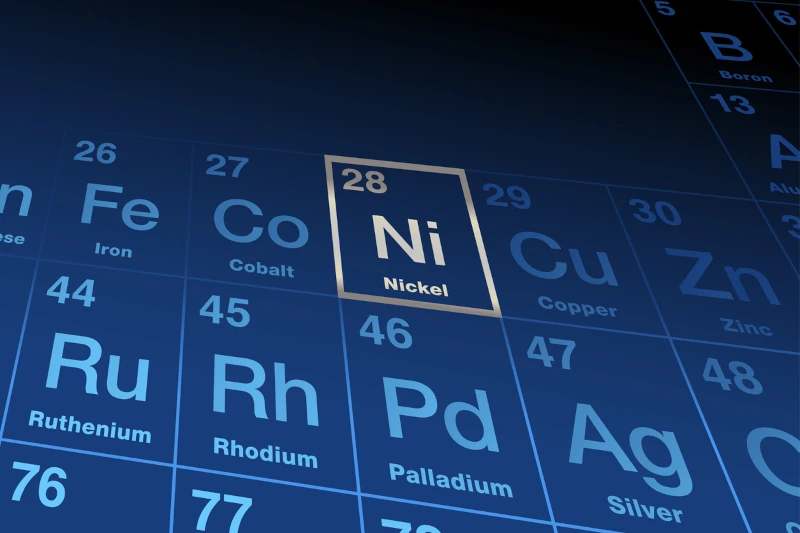
Metal Injection Molding: Materials & Properties
Metal injection molding (MIM) is becoming the standard choice for industries requiring high-volume production of precise, consistent, complex metal pieces with very tight tolerances.
Unlike powder metallurgy, in which pieces are compressed, the metal injection molding process mixes extremely fine powdered metal with binders. This feedstock can then be molded into shapes, very similar to the plastic industry.
Medical and dental instruments, automotive, defense, agricultural and aerospace parts, and consumer products are all being made through the MIM process, and for good reason – There are a wide variety of materials compatible with MIM, which each offer unique properties, depending on the end-use requirements of your part.
Here, we outline the main categories of materials available for use with MIM, along with the potential benefits MIM can offer your production.
MIM Materials
The metal alloys used in MIM technology are generally very finely ground in order to produce the most precise parts. Fortunately, a large assortment of metal injection molding materials are available in the following four general categories:
1. Ferrous Alloys
These iron-based alloys include various types of steel including tool steels, stainless steel, iron-nickel magnetic alloys, and Kovar and Invar, two specialty ferrous alloys.
2. Tungsten Alloys
Metal alloys where tungsten is the main component, including a tungsten-copper blend.
3. Hard Metals
Hard metal blends like cemented carbides (WC-Co), and cermets (Fe-TiC) work well in metal injection molding, producing highly durable and hard components that resist fracture under intense use conditions.
4. Special Materials
Just a few of the precious metals and alloys that fall into this category include particulate composites, titanium alloys, nickel, nickel-based superalloys, cobalt-chromium alloys, molybdenum, and molybdenum-copper alloys, and several others.
Properties of MIM Parts
One of the primary advantages of this type of parts manufacturing is the strength of MIM material performance. The process itself creates parts that are highly resistant to corrosion, tough against fracture, extremely durable, possess magnetic permeability, and are also resistant to fatigue.
The MIM process also creates parts with a high-quality surface finish that is critical for precision applications in any industry. This makes MIM parts an optimal choice for industries where durability and precision are key and parts can take a beating and still keep going reliably. One reason for this is how metal injection molding creates the homogenous internal microstructure necessary to make each part uniform in its properties. This allows more control over density and weight for parts in which those are key considerations.
Benefits of Metal Injection Molding
One of the key benefits of MIM is how the process enables high-production runs of very complex geometries with precision and repeatability, as opposed to other techniques. This gives engineers and parts designers more flexibility to create parts that achieve precision in the end result than ever before.
Parts can be highly-customized for specific applications — and due the precision and complexity available at the MIM level, far less machine tooling is needed on the back end. This makes MIM parts highly competitive against machined or stamped parts and reduces the steps necessary to achieve the exact part desired, in high quantities.
Many types of parts for many industries, including aerospace and electronics components to surgical instruments, industrial tools, and firearms are being made via MIM today for these reasons.
Ready to learn more?
If you’re looking for a process that offers consistent, complex parts with a wide range of material options, MIM may be a great fit. To learn more about the MIM process, visit our resources page.
